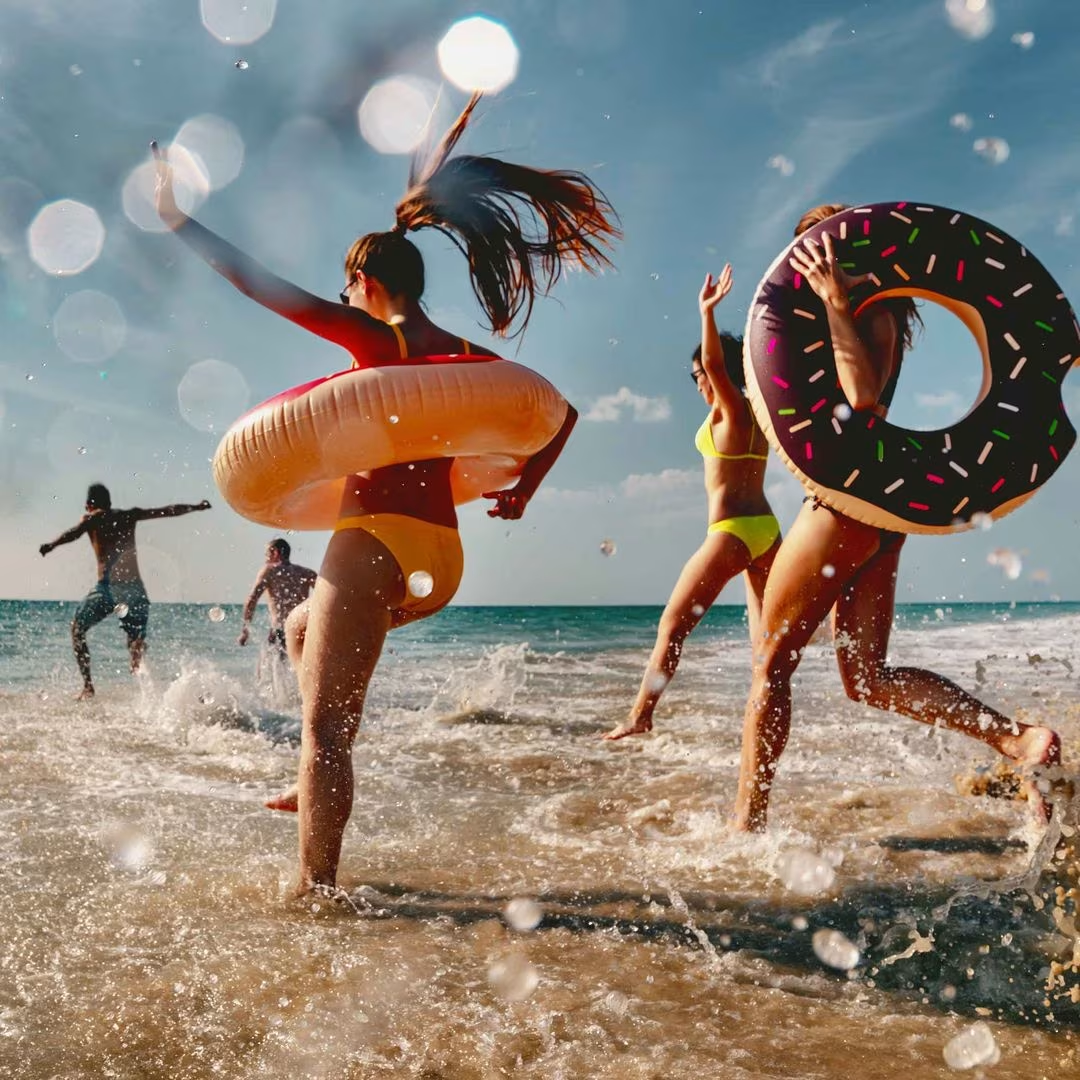The mere mention of Sicily triggers inevitable associations with the Mafia, at least in part because of the acclaimed Godfather trilogy. It's now 40 years since the first of the three films was released, so why not celebrate the anniversary by taking a trip to the pretty Italian island to discover the locations that played a part in this silver screen classic?
The largest, and arguably the most beautiful, of the Mediterranean islands, Sicily has two undeniable claims to fame: its associations – both real and fictional – with the Cosa Nostra, and the fact that it is home to Etna, the tallest active volcano in Europe.
In the heart of the island in a labyrinth of hills dotted with olive groves and carpeted with wheat fields, the town of Corleone shares its name with Don Vito Corleone, the patriarch of the dynasty, portrayed on screen as an old man by the great Marlon Brando, and in his younger days by Robert de Niro. By a strange quirk of fate, Corleone is also the home town of the grandparents of Al Pacino, who played Michael, Don Vito's youngest son and successor as head of the family business.
It would seem, then, that this is where we should start our search for the locations of the silver-screen masterpiece that catapulted director Francis Ford Coppola to fame. In fact, though, when filming was started on the first film, the town was already too big to represent rural Sicily of the time referred to in Mario Puzo's novel and locations were found in the more rustic settings of Savoca and Forza d’Agro.
Listed recently among Italy's most beautiful towns, Sovaca, with its sloping cobbled streets, is home to one of the most iconic settings of The Godfather: the bar Vitelli, where Michael meets Apollonia, the beautiful young daughter of the owner and the woman he later marries. Over the forty years since the first filming, the Vitelli has changed little: it remains a small village tavern with seats out under a vine, and still serves granita di limoni – the lemon ice sorbet that Coppola and his crew enjoyed in the hot summer of 1971, while inside, a collection of old photos recall the filming.
To walk through the scenes for yourself, just take a walk through the Old Town, up to the church of San Nicolo where the couple married on screen. Confusingly, the ancient fortress-like monument is also known as the church of Santa Lucia, but anyone in the village will direct you to “la chiesa de Il Padrino” – the church of The Godfather.
A scant 12 kilometres away, a stone's throw from the sea, is the equally delightful mountain village of Forza d’Agro. Here fans will recognise the piazza, the churches of Sant’Antonio, Santa Maria Annunziata and la Trinita, and the austere Augustinian Convent, that feature in such notable scenes as the first time Michael enters the town of Corleone with his bodyguard, as well as the flash-back in which the young Vito, hidden among the donkey's load escapes the henchmen of local capo Don Ciccio, after all the rest of his family have been killed.
Other scenes that supposedly take place in Corleone, were set in Motta Camastra, while the train station where Michael greets his ex-wife Kay, played by Diane Keaton, is not Bagheria, as stated in the film, but the much more impressive structure in the pretty tourist town of Taormina. And if you want to find the place where Michael's car explodes with the unfortunate Apollonia inside, you'll have to go to Castello degli Schiavi, a veritable jewel of rural Sicilian baroque, the setting, too, for the death of Michael at the end of the saga.
Just before this last scene, though, there is one of the most memorable points of the trilogy, when Michael and his family attend the opera debut of his son Anthony and the bullet intended to kill him instead takes the life of his daughter Mary. This scene was filmed on the steps of the nineteenth-century Teatro Massimo in Palermo, alongside Naples, perhaps the most infamous of Italian cities. Palermo, the Sicilian capital, boasts an amazing Old Town with bustling squares and market places, grand baroque bell towers, and decadent palazzos and mansions, and through the streets pass a whole army of real-life characters whose pasts it is easy to imagine might hold such turbulent stories as that of the Corleone family.
THE PRACTICALITIES
Best time to visit The summer heat can be overwhelming; spring and autumn are the best seasons.
Getting there & getting around Easyjet have direct flights from London to Palermo and Catania; Ryanair fly to Palermo from Stanstead. Alternatively, fly to Milan or Rome and transfer to a local flight. There's so much to see and do on the island that it's a good idea to rent a car to get around.
The movie trail Among the companies who organise visits to The Godfather filming locations, Sicily Travel offer private tours from around 50 € per person for a minimum of five people.
Learn more Tourism in Sicily Italian Tourism








